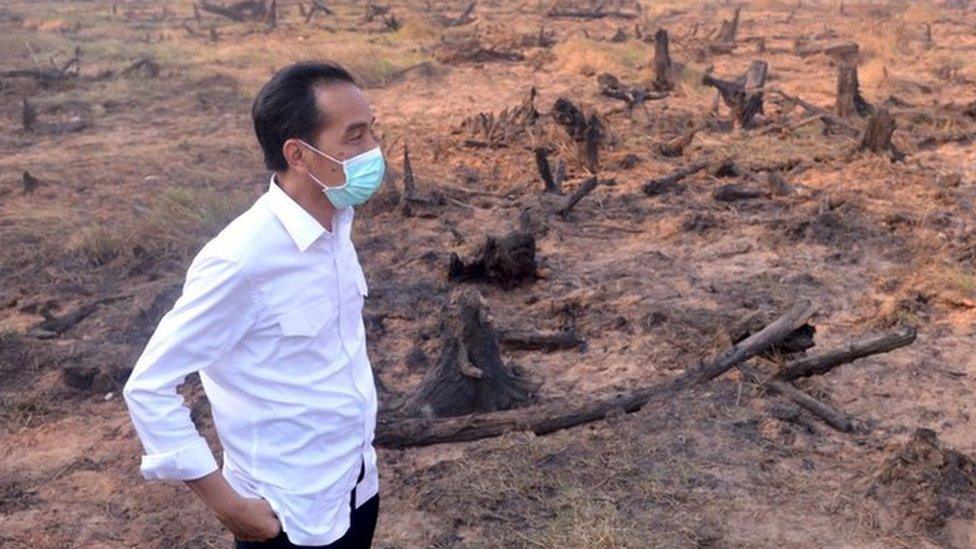The haze is back across South East Asia
- Published
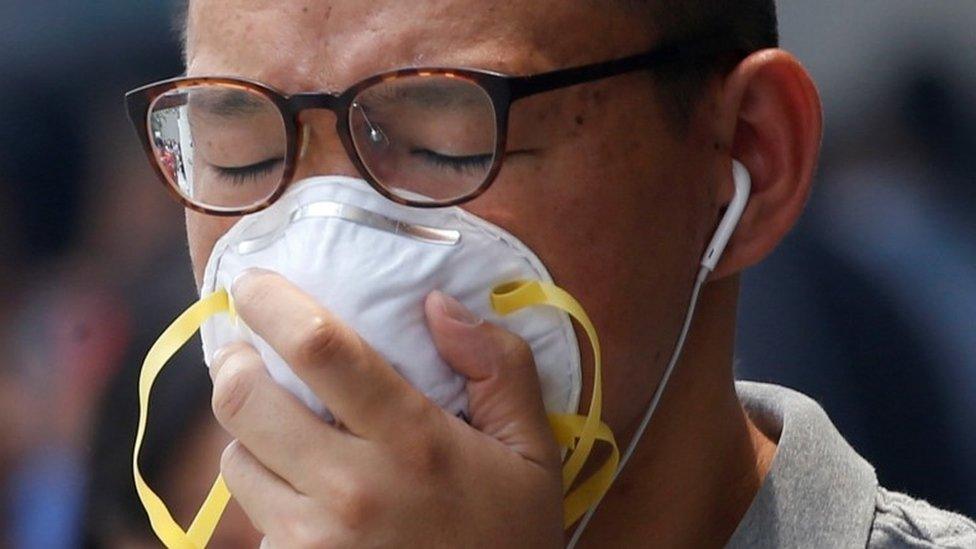
The haze is back across areas of South East Asia.
The air pollution is caused by the burning of forests and peat land in Indonesia so it can be used for growing crops, mostly lucrative palm oil.
An annual feature of life in Indonesia's neighbouring countries, it has been blamed for deaths and illness.
Indonesia, which has declared a state of emergency in six provinces, has repeatedly said it is cracking down on the slash-and-burn activities.
Ben Rich explains the factors affecting the haze over South East Asia
But the issue is a constant source of diplomatic tension, with Jakarta accused by Singapore and Malaysia of not doing enough to tackle it.

Living in the haze: Anna Jones, BBC News, Singapore

A mild smoky smell has been in the air here for a few days, but throughout Friday, the view from our office window grew worse and worse.
Air pollution is officially measured in Singapore Pollutant Standards Index (PSI). Anything over 100 is considered unhealthy. Though the 24-hour average so far on Friday was only slightly over that, the three-hour reading at 14:00 local time was 215, external.
You can smell it inside buildings, it lingers in your hair and clothes and it makes your eyes itch.
There will no doubt be people cancelling their outdoor plans for the weekend and stocking up on face masks, but there's a way to go before Singapore hits the peak of last year's haze, one of the worst ever.
At times back then, the PSI reading was above 300. You could barely see the other side of the road and venturing out without a face mask was almost unthinkable.
Masks and solidarity: Helping Kalimantan at the heart of the haze
Emergency nursery: One Indonesian town's plan to protect its babies
Cause for controversy: What causes South East Asia's haze?
Indonesia 'needs time': President says he needs three years to tackle haze
Counting the cost: The economic burden of the deadly haze

What causes the haze?
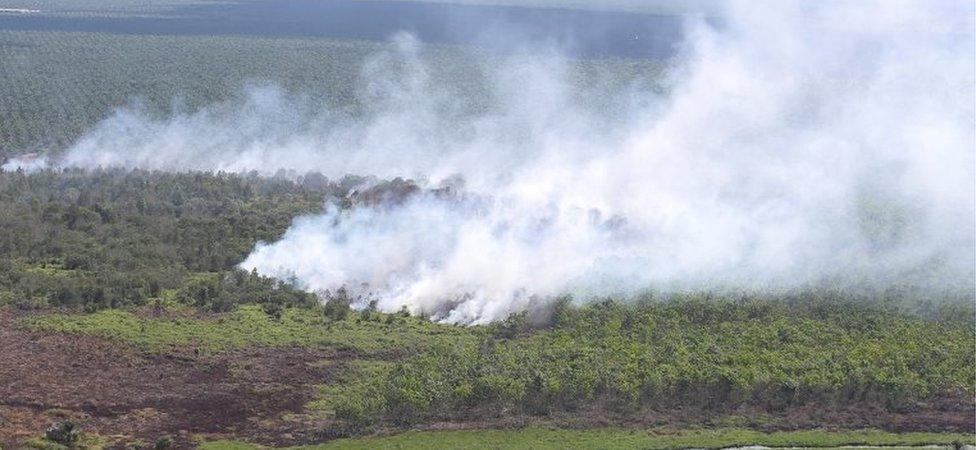
Every year Indonesia sees agricultural fires across Sumatra, and in parts of Kalimantan on Borneo island. About 100 "hotspots" were detected on Friday.
The fires are said to be caused by corporations as well as small-scale farmers using slash-and-burn to clear vegetation for palm oil, pulp and paper plantations.
Once lit, the fires often spin out of control and spread into protected forested areas and peat. A peat fire is difficult to put out as it can burn underground for months, and requires a lot of water to extinguish.
How big a deal is it
At its largest the annual haze measures hundreds of kilometres across. It spreads to Malaysia, Singapore, the south of Thailand and the Philippines, causing a significant deterioration in air quality.
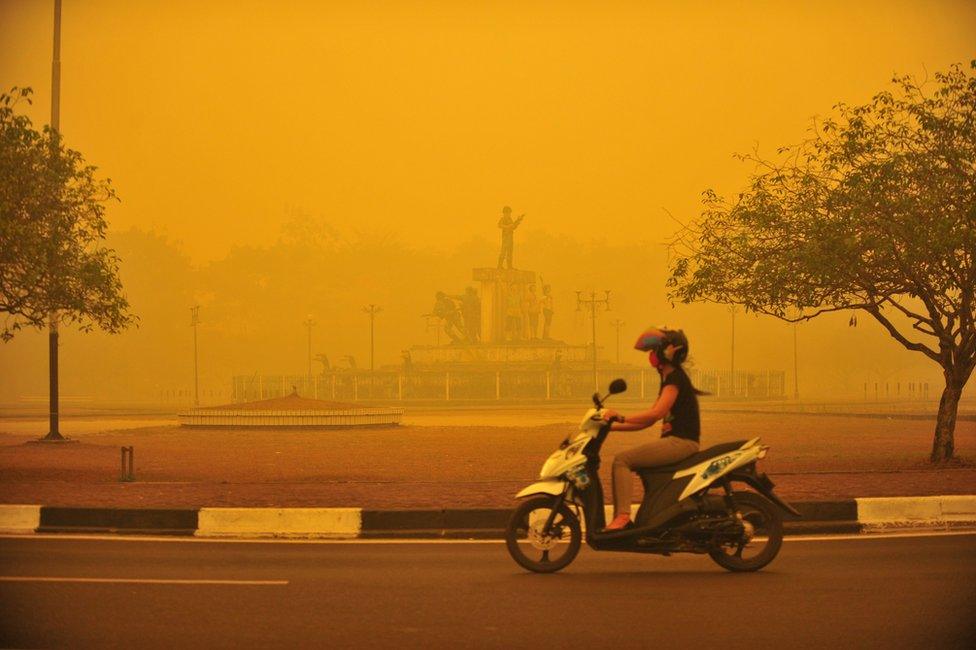
In slash-and-burn areas like Kalimantan, the haze can create atrocious living conditions for several months of the year
The problem has accelerated in recent years as more land has been cleared for expanding plantations for the lucrative palm oil trade.
What is Indonesia doing?
Indonesia says it has arrested 450 people so far this year in connection with fires, including some linked to companies.
President Joko Widodo has ordered extra resourcing for monitoring and fire-fighting efforts, but told the BBC last year it would take at least three years for the results to be seen.
Is it dangerous?
Besides irritating the respiratory tract and the eyes, the pollutants can cause serious long-term damage to health.
The indices used to measure air quality in the region usually measure particulate matter (PM10), fine particulate matter (PM2.5), sulphur dioxide, carbon monoxide, nitrogen dioxide and ozone.
PM2.5 can enter deeper into the lungs. It has been associated with causing respiratory illnesses and lung damage.
As much as Singapore complains about poor air quality, in parts of Indonesia the haze can last for months and be deadly.
- Published26 August 2016
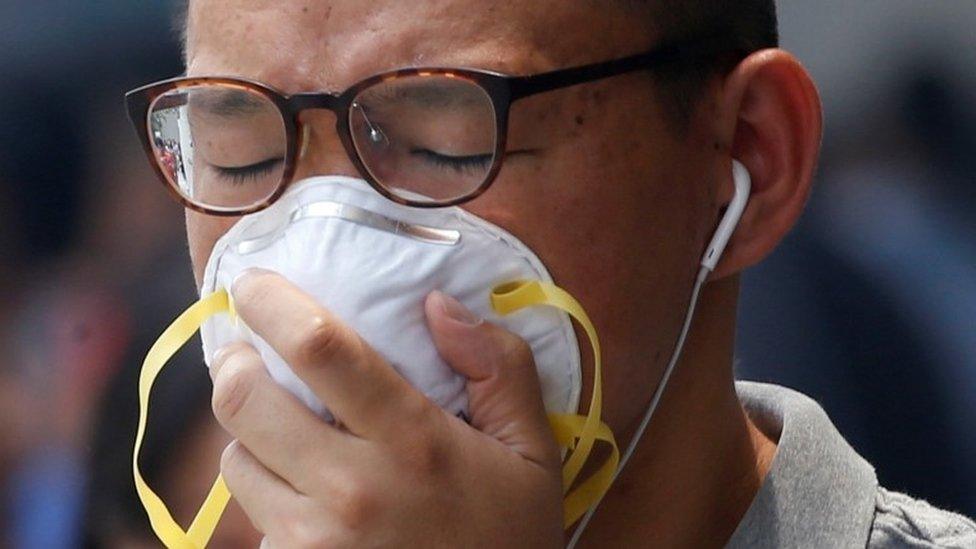
- Published21 October 2015
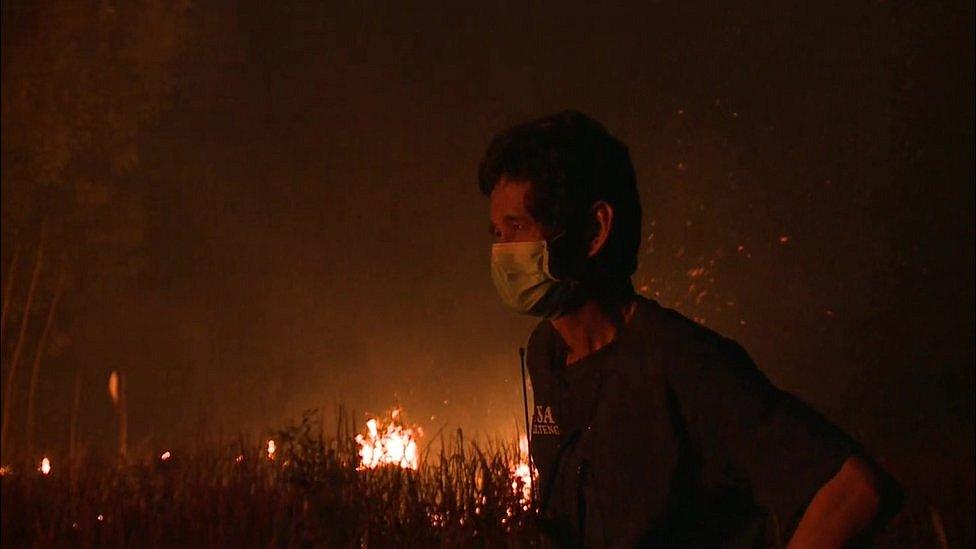
- Published8 October 2015
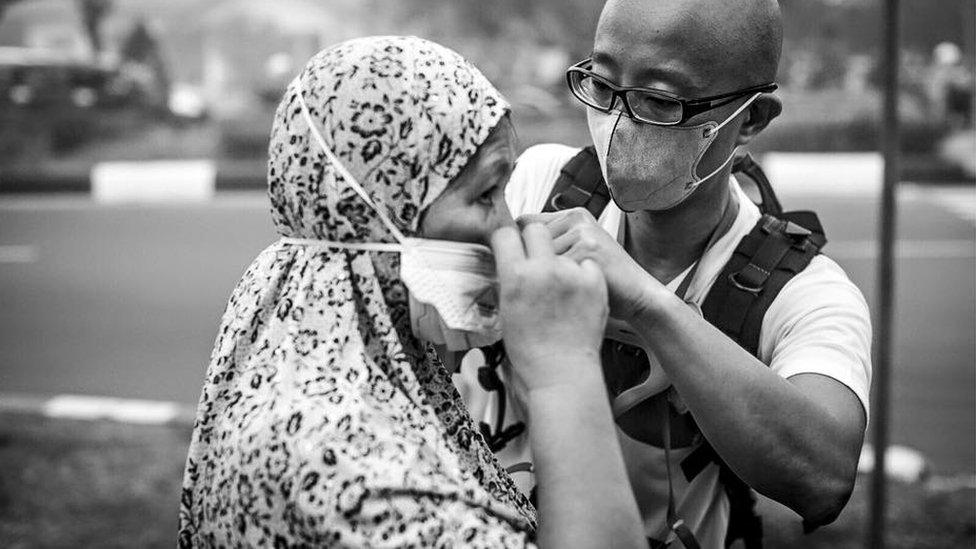
- Published12 October 2015
- Published16 September 2019
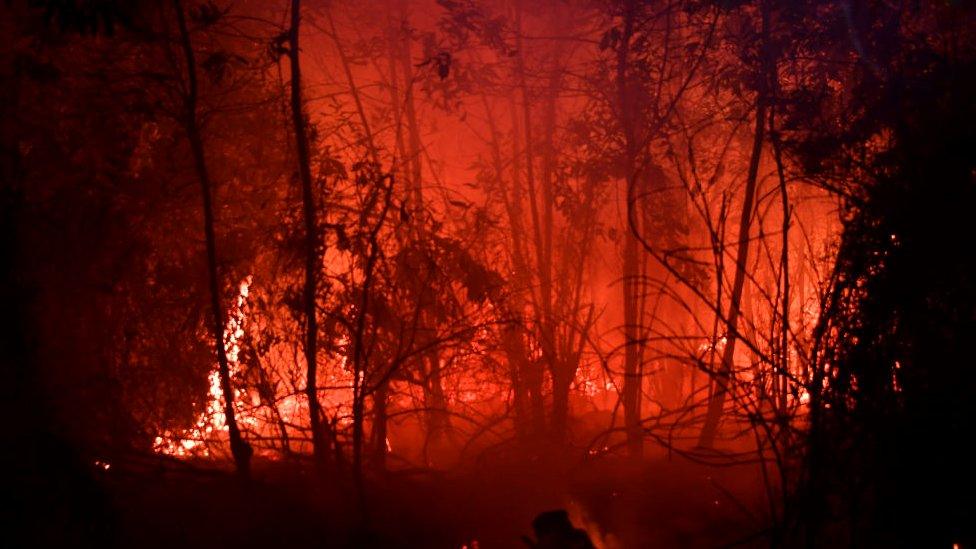
- Published29 September 2015
